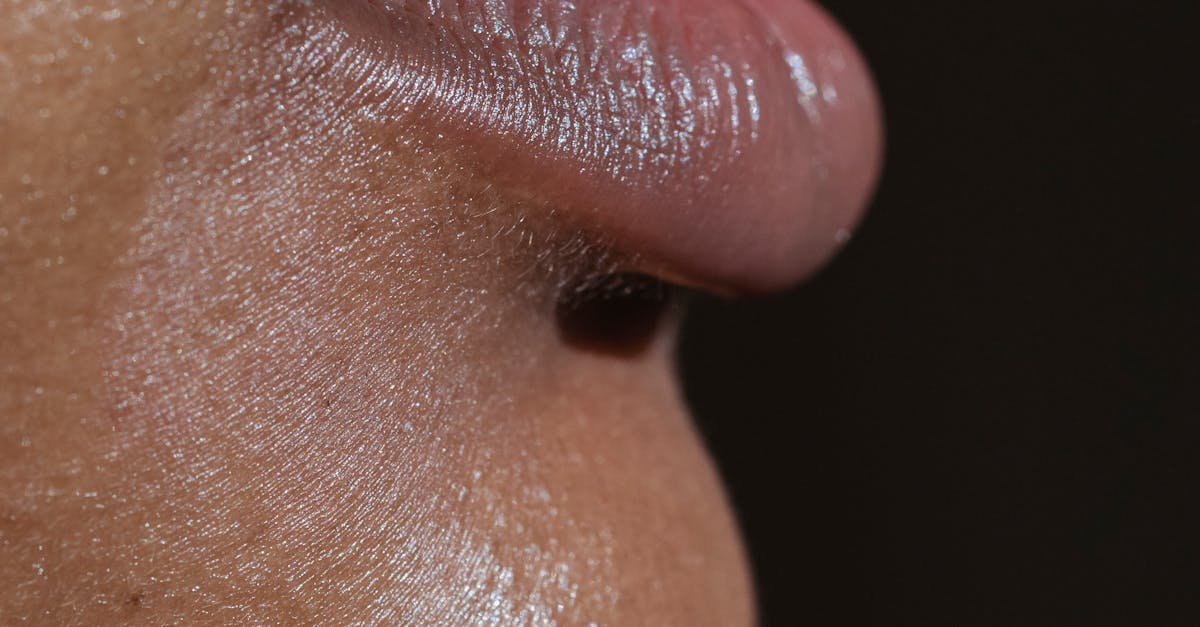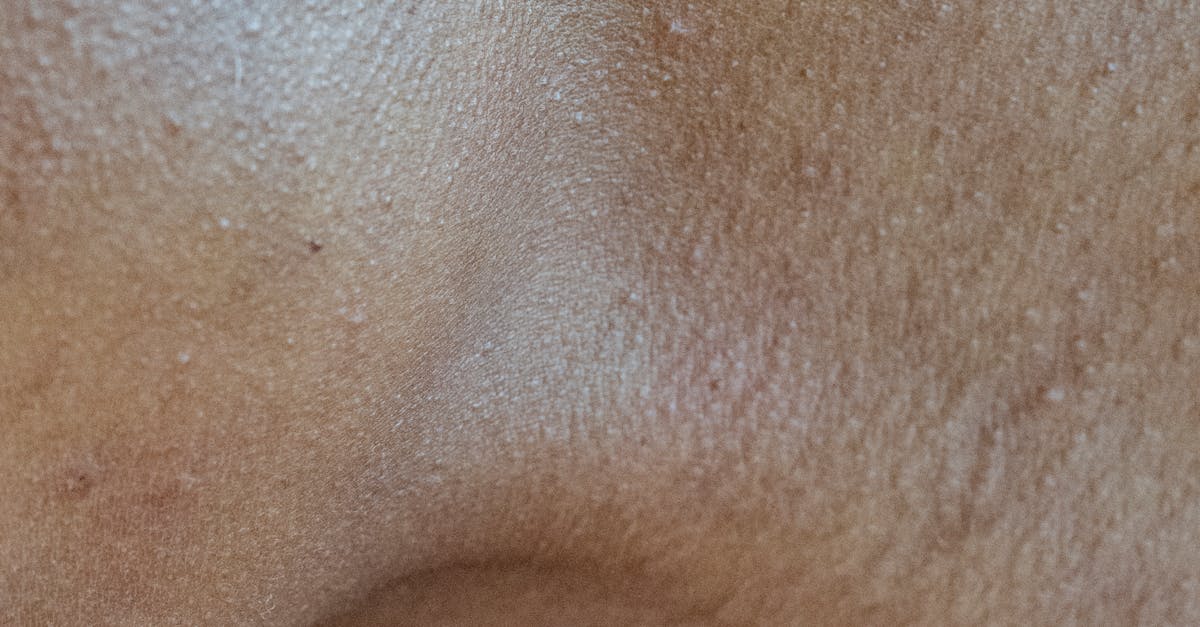
NYCosmeticSurgery.net offers the service of Chin Augmentation, a cosmetic procedure designed to enhance and improve the appearance of the chin. Chin augmentation can include the use of chin implants, fat grafting, or advanced filler injections to achieve a more balanced and symmetrical facial profile. Dr. Smith, our experienced cosmetic surgeon, specializes in providing personalized consultations and treatments tailored to each patient's unique needs and goals. With a focus on natural-looking results and patient satisfaction, NYCosmeticSurgery.net is dedicated to helping individuals achieve their desired facial aesthetics through safe and effective chin augmentation procedures.
Achieving Desired Results with Chin Augmentation
Achieving the desired results with chin augmentation is a key focus for both patients and cosmetic surgeons. During the initial consultation, the plastic surgeon will evaluate the patient's facial features, anatomy, and overall aesthetic goals to determine the best approach for enhancing the chin. Factors such as the patient's jawline, mouth structure, and the relationship of the chin to other facial features will be thoroughly assessed to create a treatment plan that aims to achieve harmony and symmetry.
Once the evaluation is complete and a chin augmentation plan is in place, the surgical procedure can be performed. Depending on the desired outcome, the surgeon may choose to use different types of chin implants or opt for a genioplasty procedure, which involves altering the position of the chin bone. With advancements in surgical techniques and materials, patients can expect safer procedures with minimal risk of infection, scarring, or other complications. By working closely with a board-certified cosmetic surgeon and following post-operative care instructions diligently, patients are more likely to achieve the desired results of a well-defined and balanced chin that complements their facial profile.
Setting Realistic Expectations for Chin Augmentation Outcomes
Setting realistic expectations is crucial when considering chin augmentation. While the procedure can enhance facial harmony and improve the profile by addressing a weak chin or asymmetry, it is essential to understand that the outcomes may not be dramatic. Patients should be aware that swelling and bruising are normal postoperative effects that can take several weeks to fully subside. It's important to remember that full results may not be visible until a few months after the surgery, once the swelling has completely gone down.
Additionally, temporary numbness or tightness in the chin area is common after undergoing chin augmentation. Patients should expect a gradual return to normal sensation over time. Understanding that the healing process can vary among individuals is key to managing expectations. While chin augmentation can lead to satisfying results, patience and adherence to postoperative care instructions are essential for achieving the best possible outcome.
Different Types of Chin Implants for Augmentation
Chin augmentation is a popular cosmetic procedure that aims to enhance the shape and size of the chin for aesthetic purposes. One common method used in chin augmentation is the insertion of chin implants. There are different types of chin implants available, each with its own characteristics and advantages. Silicone implants, for example, are commonly used and provide a natural feel. Alloplastic implants, on the other hand, are made from materials like ePTFE and provide flexibility and customization in achieving the desired look.
When considering chin augmentation with implants, it is essential to consult with a qualified cosmetic surgeon to discuss the various options available and determine the most suitable choice based on individual goals and anatomy. Factors such as desired outcome, healing process, and longevity of the implants should be considered when selecting the type of implant for chin augmentation. The choice between silicone and alloplastic implants can significantly impact the final results, so thorough discussions with the surgeon are crucial to ensure a successful procedure and satisfactory outcome.
Silicone vs. Alloplastic Implants A Comparison
When considering chin augmentation, one key decision is choosing between silicone and alloplastic implants. Both options offer distinct benefits and considerations. Silicone implants are often preferred for their long-lasting results and natural feel. They come in various shapes and sizes, allowing for customized outcomes tailored to individual needs. On the other hand, alloplastic implants, such as those made of materials like Gore-Tex or Medpor, offer a non-reactive alternative that integrates well with surrounding tissues. They require precise placement during surgery to achieve desired aesthetic results.
Silicone implants are typically softer to the touch compared to alloplastic implants, providing a more natural feel post-surgery. However, some patients may prefer alloplastic implants for their ability to adhere firmly to bone structures, reducing the risk of shifting over time. It is crucial for patients to discuss their preferences and expected outcomes with a board-certified plastic surgeon to determine which implant type aligns best with their goals and overall health considerations. Each option has its unique advantages, and a thorough evaluation of the pros and cons is essential in making an informed decision for a successful chin augmentation procedure.
Cost Considerations for Chin Augmentation
Chin augmentation can be a transformative cosmetic procedure that boosts self-confidence and enhances facial harmony. However, it is essential for individuals considering this surgery to be aware of the associated costs. The cost of chin augmentation can vary based on several factors such as the type of implant chosen, the surgeon's expertise, the location of the clinic, and any additional procedures that may be required in conjunction with the chin augmentation.
Typically, the cost of chin augmentation includes the surgeon's fee, facility fees, anesthesia fees, medications, pre-op consultations, post-operative care, and the cost of the implant itself. It is crucial for prospective patients to discuss all aspects of pricing with their cosmetic surgeon during the initial consultation to have a clear understanding of the financial commitment involved. Some clinics may also offer financing options to help make the procedure more affordable for those who are interested in chin augmentation but may need assistance in covering the costs upfront.
Understanding the Financial Aspects of Chin Augmentation Surgery
Understanding the financial aspects of chin augmentation surgery is crucial for individuals considering this cosmetic procedure. The cost of chin augmentation can vary depending on various factors such as the surgeon's experience, location of the practice, type of implant used, facility fees, and anesthesia costs. Before undergoing the surgery, it is essential for patients to have a clear understanding of the total expenses involved to make an informed decision.
In addition to the basic surgical costs, patients should also consider other potential expenses related to chin augmentation surgery. These may include pre-operative tests, post-operative medications, follow-up appointments, and any unforeseen complications that may arise. It is important for individuals to discuss all financial aspects of the procedure with their surgeon and clarify any questions or concerns they may have to ensure a smooth financial planning process for their chin augmentation surgery.
FAQS
What is chin augmentation?
Chin augmentation is a cosmetic procedure that involves enhancing the size and shape of the chin to improve facial harmony and balance.
How is chin augmentation performed?
Chin augmentation can be achieved through various methods, including surgical placement of implants, injectable fillers, or fat grafting.
Who is a suitable candidate for chin augmentation?
Ideal candidates for chin augmentation are individuals who desire a more defined chin, have a weak or recessed chin, or wish to improve facial proportions.
What are the risks associated with chin augmentation surgery?
Risks of chin augmentation surgery may include infection, implant shifting, nerve damage, and unsatisfactory results. It is essential to discuss these risks with your surgeon beforehand.
How long is the recovery period after chin augmentation surgery?
The recovery period after chin augmentation surgery varies for each individual but typically involves swelling, bruising, and discomfort for a few days to a couple of weeks. It is crucial to follow post-operative care instructions provided by your surgeon.


